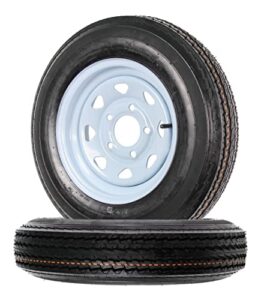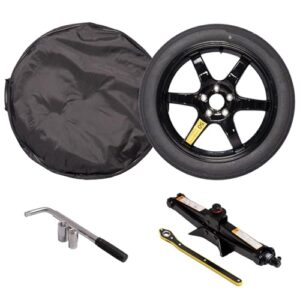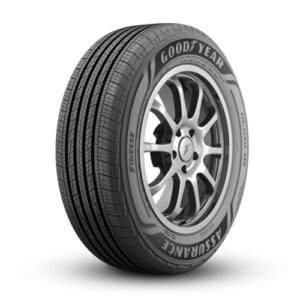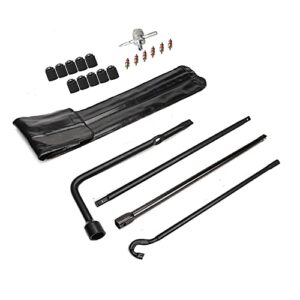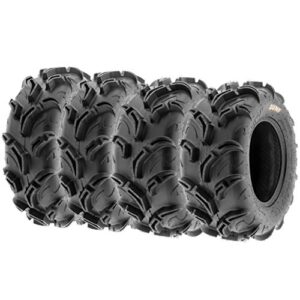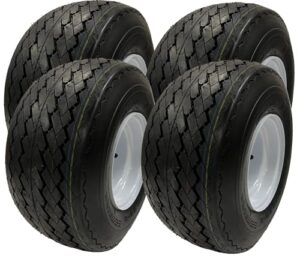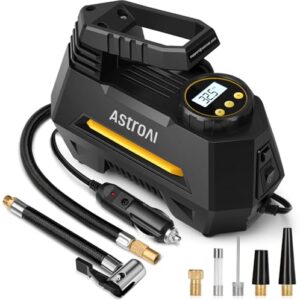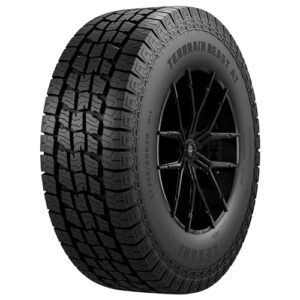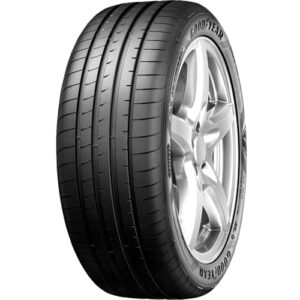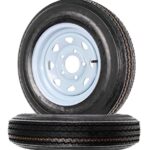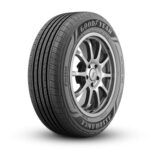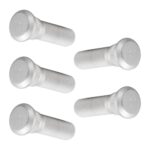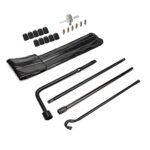Tire siping involves cutting small slits into a tire’s tread to improve traction. These slits improve grip on wet and icy roads.
Tire siping increases tire performance and safety. The tiny slits allow the tire to flex more easily, improving contact with the road. This results in better handling, especially in adverse weather conditions. Siping also helps in dispersing water, reducing the risk of hydroplaning.
Many drivers notice improved braking and acceleration after siping their tires. It is a cost-effective method to increase tire longevity and performance without replacing the entire tire. Whether you’re driving on wet, icy, or dry roads, siping can make a significant difference in your driving experience.
Introduction To Tire Siping
Tire siping is a technique that improves tire performance. It involves making small cuts in the tire tread. These cuts improve grip on wet, icy, and muddy surfaces. Siping also extends tire life and improves braking. This method is popular among drivers for its safety benefits.
History Of Siping
The concept of tire siping dates back to the 1920s. A man named John F. Sipe invented the technique. He worked in a slaughterhouse and noticed that his shoes had better grip with small cuts. John applied this idea to tires, and it worked! Since then, tire siping has evolved. Today, many tire manufacturers use advanced methods to create siped tires. These innovations continue to improve tire safety and performance.
Importance Of Siping
Tire siping offers many benefits for drivers:
- Improved Traction: Siped tires provide better grip on slippery roads.
- Improved Braking: Shorter stopping distances on wet surfaces.
- Longer Tire Life: Reduced wear and tear extends tire lifespan.
- Better Fuel Efficiency: Siped tires reduce rolling resistance, saving fuel.
These benefits make siping a valuable technique for tire safety and performance.
How Tire Siping Works
Tire siping involves creating small slits in the tread of tires. These slits improve tire performance and safety. Let’s explore how tire siping works in detail.
Mechanics Of Siping
Tire siping is done using a specialized cutting tool. This tool creates slits in the tire tread. These slits are called sipes.
Sipes are usually less than an inch deep. They can be straight, wavy, or zigzag. The pattern depends on the tire’s design.
Each sipe acts like a tiny edge. These edges improve grip on the road. They also help in water dispersion.
Siping increases the number of biting edges on the tire. This helps in better traction. It also reduces the risk of hydroplaning.
Effects On Tire Surface
Siping changes the surface of the tire. It adds many small slits to the tread. These slits create more contact points with the road.
More contact points mean better grip. This improves handling on wet and icy roads. The tire also stops faster.
Tire siping also helps in heat dissipation. The slits allow air to flow through the tire. This keeps the tire cooler and extends its life.
Tire siping can also reduce road noise. The sipes break up the sound waves. This makes for a quieter ride.
Here’s a table summarizing the effects of tire siping:
| Effect | Description |
|---|---|
| Better Grip | More contact points with the road |
| Improved Handling | Better control on wet and icy roads |
| Heat Dissipation | Keeps the tire cooler |
| Reduced Noise | Quieter ride |
Siping improves tire performance in many ways. It makes driving safer and more comfortable.
Benefits Of Tire Siping
Tire siping is a process that involves making small slits, or sipes, in the tread of a tire. This technique offers numerous benefits that can increase your driving experience. Let’s delve into the benefits of tire siping.
Improved Traction
One of the primary benefits of tire siping is improved traction. The small slits in the tire tread help to increase grip on the road. This is especially beneficial in wet or icy conditions. The sipes create more biting edges, which improves the tire’s ability to grip the road surface.
In dry conditions, siped tires can also offer better traction. The additional edges provided by the sipes help the tire conform to the road surface more effectively. This means better control and a safer driving experience.
Improved Braking
Siping also contributes to increased braking. The increased number of edges created by the sipes helps the tire to stop more quickly. This is particularly important in emergency braking situations where every inch counts.
When you brake, the sipes open up and increase the contact area between the tire and the road. This leads to shorter stopping distances and improved safety. Whether on wet, icy, or dry roads, siping can make a significant difference in braking performance.

Siping And Tire Longevity
Tire siping involves cutting small slits across the tread of tires. These slits, or sipes, can increase traction, especially on wet or icy roads. But did you know siping can also impact tire longevity? Let’s explore how siping can reduce wear and tear and extend tire life.
Reduced Wear And Tear
Siping helps distribute heat more evenly across the tire surface. This even heat distribution prevents hot spots that cause excessive wear. Less heat means less wear, and this extends the life of your tires.
Another benefit is improved traction. Better traction means your tires grip the road better. This reduces the slipping and sliding that can cause uneven wear. Uniform wear helps maintain optimal performance longer.
Lastly, siping can improve ride comfort. Smoother rides put less stress on your tires. Less stress results in reduced wear and tear over time.
Extended Tire Life
Siped tires tend to last longer. This is because siping can prevent small cracks and splits in the tread. These small damages often lead to bigger problems if left unchecked. Siping helps mitigate these issues, extending tire life.
Additionally, siping can improve braking performance. Improved braking means less skidding and less tire damage. This also adds to the longevity of the tire.
Overall, siping offers multiple benefits that contribute to extended tire life. From reducing wear and tear to preventing small damages, siping is a valuable technique for tire maintenance.
Safety Advantages
Tire siping involves cutting small slits across the tread surface. This simple technique offers numerous safety benefits. These benefits are especially noticeable in wet and snowy conditions. Below, we explore two key advantages: better wet grip and improved control in snow.
Better Wet Grip
Driving in wet conditions can be hazardous. Tires with siping provide superior traction on wet roads. The slits allow water to escape from beneath the tire. This reduces the risk of hydroplaning. Better wet grip means safer driving during rainstorms.
Increased Control In Snow
Snowy roads pose unique challenges. Siping improves control in these conditions. The slits create additional edges. These edges grip the snow more effectively. Increased control in snow leads to safer winter driving. This is crucial for areas with heavy snowfall.
Siping Techniques
Tire siping involves cutting small slits across a tire’s surface. These slits improve traction, especially on wet or icy roads. There are two main types of siping techniques: factory siping and aftermarket siping. Each has its benefits and considerations.
Factory Siping
Factory siping is performed during tire manufacturing. Manufacturers design and cut sipes into the tire tread. This process ensures the sipes are placed precisely for optimal performance. Factory sipes are uniform and strategically positioned. They help in enhancing tire grip and longevity.
Aftermarket Siping
Aftermarket siping is done after tire purchase. Specialized tools are used to add sipes to the tire tread. This technique is popular for improving traction in specific conditions. It can be customized to the driver’s needs. While effective, it may void the tire warranty. Always consult the tire manufacturer before proceeding.
| Feature | Factory Siping | Aftermarket Siping |
|---|---|---|
| Performed During | Manufacturing | Post-purchase |
| Precision | High | Variable |
| Warranty Impact | None | Possible Void |
| Customization | Limited | High |
Both techniques aim to improve tire performance. Choosing the right siping method depends on your driving conditions and preferences.
Considerations Before Siping
Before deciding to sipe your tires, it’s crucial to understand several factors. These considerations ensure that you achieve the best results and maintain safety on the road.
Tire Type Compatibility
Not all tires are suitable for siping. Certain tire types perform better when siped, while others do not.
- Winter Tires: These tires benefit significantly from siping. The added slits improve traction on snow and ice.
- All-Season Tires: Siping can increase their performance in wet conditions.
- Performance Tires: These tires may not benefit much from siping. Their design focuses on dry and high-speed performance.
Professional Vs Diy Siping
Deciding whether to sipe tires yourself or hire a professional is important. Each option has its advantages and drawbacks.
| Professional Siping | DIY Siping | |
|---|---|---|
| Accuracy | Professionals use precise machines. | Hand tools can be less accurate. |
| Safety | Professionals follow safety standards. | DIY methods can risk tire damage. |
| Cost | More expensive due to labor charges. | Less expensive but time-consuming. |
Choosing the right method depends on your budget, skills, and the importance of safety and precision.
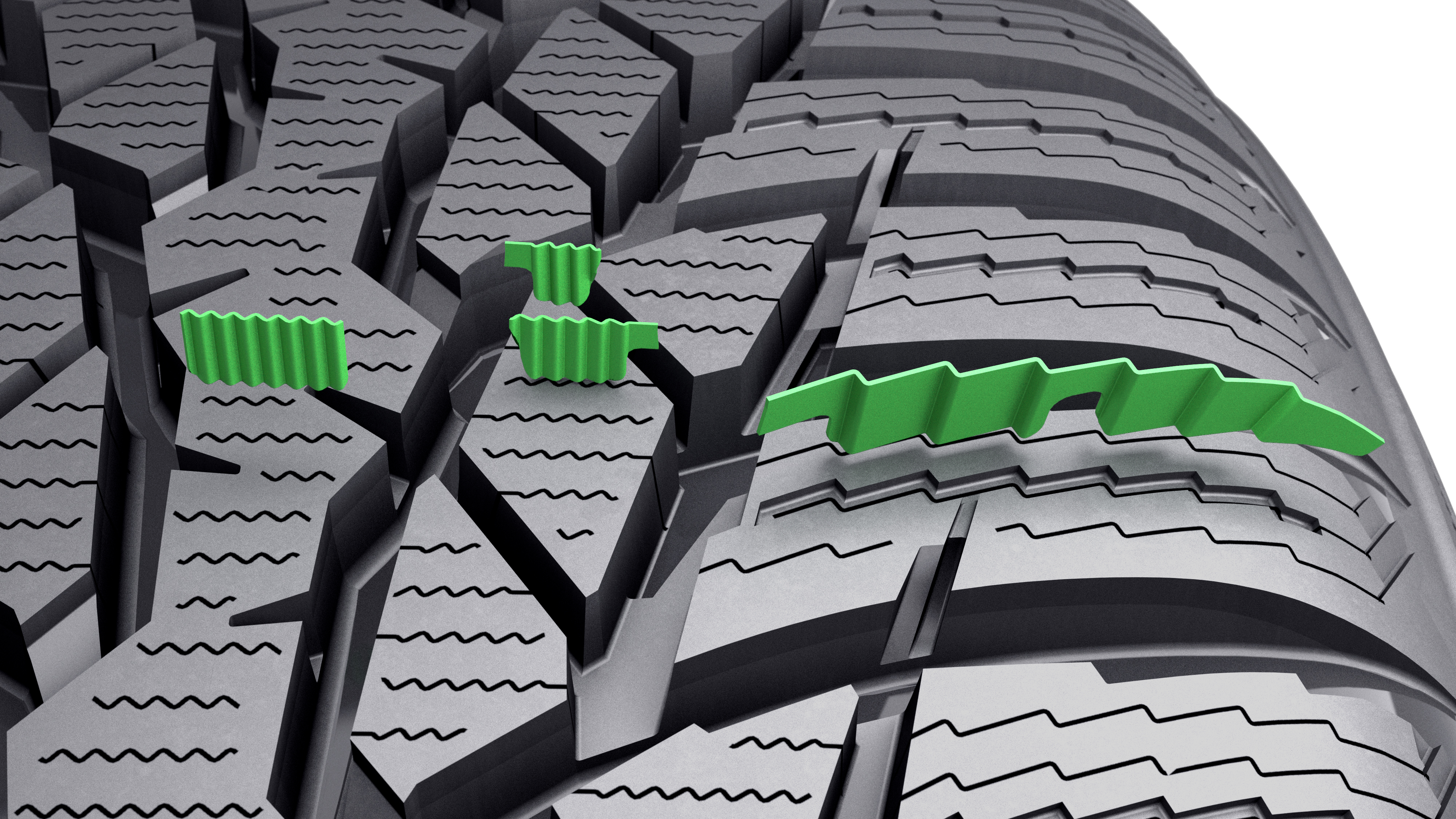
Real-world Applications
Tire siping is a technique used to improve tire performance. Let’s explore its real-world applications.
Siping In Everyday Vehicles
Many everyday vehicles benefit from tire siping. Car owners often seek better traction and smoother rides. Siping helps in wet and icy conditions. It reduces the risk of hydroplaning. Improved grip leads to safer driving. This means better control of your vehicle.
Siping also extends tire life. It distributes heat evenly across the tire. This reduces wear and tear. Many car manufacturers recommend siping. It increases the overall driving experience.
Use In Commercial And Heavy-duty Tires
Siping is crucial for commercial and heavy-duty tires. These tires endure more stress. Trucks and buses need reliable traction. Siping ensures safety on various terrains. It provides better handling in tough conditions.
Businesses save money with siping. It makes tires last longer. Reduced wear means fewer replacements. This is important for fleet management. Safety and cost-efficiency are top priorities.
Here is a comparison table of benefits in different vehicle types:
| Vehicle Type | Benefits of Siping |
|---|---|
| Everyday Vehicles |
|
| Commercial and Heavy-Duty Tires |
|
Common Myths And Misconceptions
Tire siping is a process that involves cutting small slits into a tire’s tread. Despite its proven benefits, many myths and misconceptions surround this practice. Understanding the truth can help you make informed decisions about tire care.
Myths About Tire Damage
Many believe that tire siping can cause significant damage to tires. This myth likely stems from a misunderstanding of the process.
- Myth: Siping weakens the tire structure.
- Fact: Proper siping improves traction without compromising structural integrity.
Siping does not cut through the entire tread. It only makes small, shallow slits, preserving the tire’s strength.
Another common belief is that siping can lead to tire blowouts. This is not accurate.
- Myth: Siping increases the risk of blowouts.
- Fact: Siping does not affect the tire’s durability in a negative way.
Studies show that siping can actually extend the life of your tires.
Misconceptions About Performance
Some misconceptions suggest that siping negatively impacts tire performance. This is not true.
- Myth: Siping reduces tire grip on dry roads.
- Fact: Siping increases traction on both wet and dry surfaces.
Siped tires can improve handling and braking efficiency. Another common misconception is that siping is only beneficial in winter conditions.
- Myth: Siping is only useful for snow and ice.
- Fact: Siping improves performance in all weather conditions.
By creating extra biting edges, siping can help your tires perform better year-round.
| Myth | Fact |
|---|---|
| Siping weakens the tire structure | Proper siping improves traction without compromising structural integrity |
| Siping increases the risk of blowouts | Siping does not affect the tire’s durability in a negative way |
| Siping reduces tire grip on dry roads | Siping increases traction on both wet and dry surfaces |
| Siping is only useful for snow and ice | Siping improves performance in all weather conditions |

Frequently Asked Questions
What Is One Disadvantage Of Tire Siping?
Tire siping can reduce the overall durability of the tire. This may lead to faster wear and tear.
Is Siping Tires Recommended?
Siping tires can improve traction and handling in wet or icy conditions. It may also extend tire life. Always consult your tire manufacturer or a professional before deciding.
Does Siping Make Tires Louder?
Siping can slightly increase tire noise due to additional tread edges. The effect varies by tire type and design.
What Kind Of Tires Have Sipes?
All-season, winter, and performance tires often have sipes. These small grooves improve traction on wet, icy, or snowy roads.
Conclusion
Tire siping increases traction and improves vehicle handling. It offers better performance in wet and icy conditions. Considering safety and longevity, siping is a valuable investment. Always consult a professional for best results. Your tires, and your safety, will thank you.




